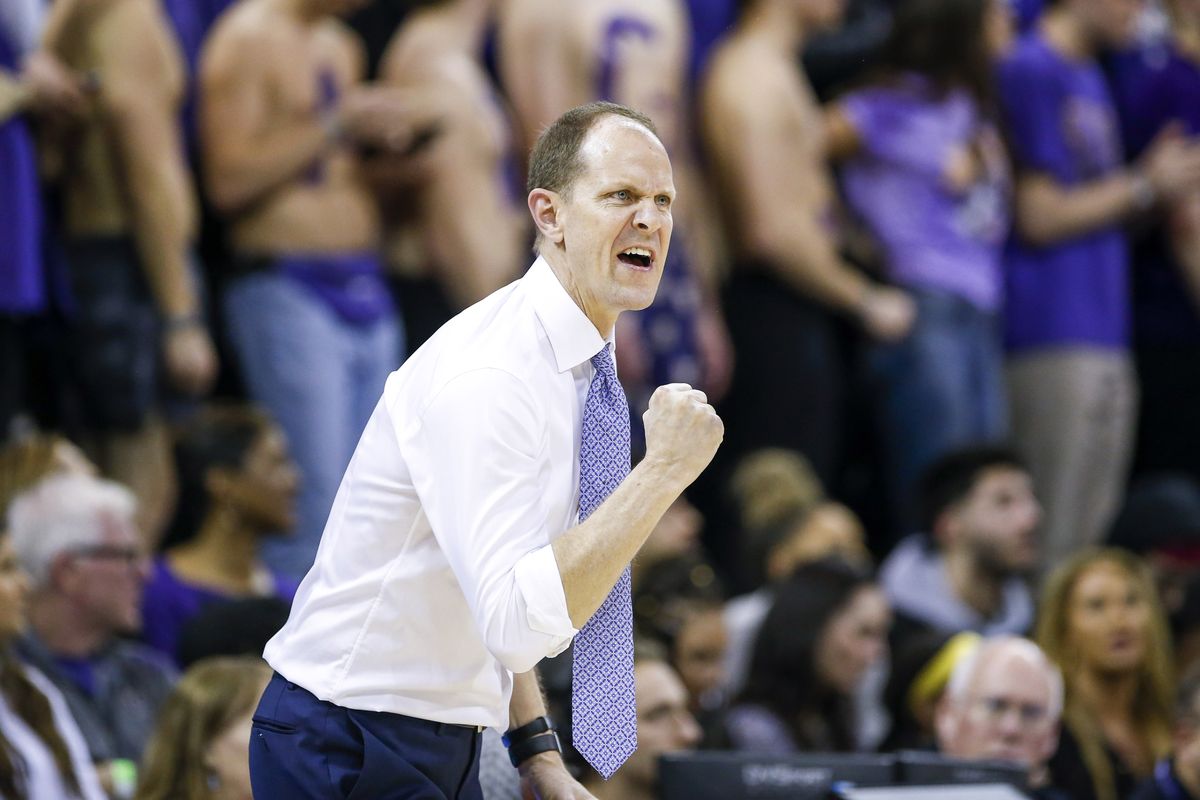
The Washington Huskies made the NCAA tournament for the first time since 2011 this year, the first time under second-year coach Mike Hopkins—a standard of success they surely wish to sustain going forward.
Washington doesn’t have to look far to find a program that exemplifies sustained success because they have a cross-state rival that is the blue-chip program of the West Coast, the Gonzaga Bulldogs.
Gonzaga is at the pinnacle of success in college basketball, the marquee program on the West Coast. The Zags have made the tournament in 21 straight seasons. That’s the fifth-longest streak of all time and the fourth-best active streak behind such college basketball titans as Duke and Kansas.
Many would argue that a key for the Zags’ success is due to the conference they play in—the West Coast Conference, a conference significantly weaker in talent than the Pac 12 where the Huskies reside. To an extent this is true, Gonzaga has fluctuated in talent over the years.
They have had some seasons where that streak would’ve ended if they didn’t capitalize on that weaker conference by receiving an automatic bid through winning their conference tournament. The ’07 team stands out as an example of that.
But recently the Zags have elevated to a higher level by exploring different avenues of bringing talent to Spokane—something the Huskies should take note of because it could be used as a way to augment a situation that can attract elite level recruits.
A large portion of Gonzaga’s success this decade has been driven by players who are either foreign born or someone who has transferred from another school. They had two players taken in the first round of the NBA draft this year. One was Rui Hachimura from Japan, the other was Brandon Clarke, who started his career at San Jose State.
Despite their success on the court, they haven’t had as much success landing the elite recruits, having been able to snag only one five-star recruit in Zach Collins. And this is understandable, the Bulldogs have spent the majority of their run as the pesky underdogs located in unassuming Spokane, but with 30+ win seasons in four of the past five years, their ambitions have grown.
This is one avenue the Huskies have that Gonzaga may never have. The Washington Huskies were able to land two five-star recruits this year in Isaiah Stewart and Jaden McDaniels.
Even toward the end of Lorenzo Romar’s tenure, he was able to attract talent to Seattle having landed Markelle Fultz and Michael Porter Jr in consecutive years. (Porter would later decommit after Romar’s firing.)
Five-star recruits are great, but you need to supplement them with good older players as well to maximize your team. Markelle Fultz played well enough to be the number one pick in the draft, but the Huskies still went 9-22 in his lone year there.
This is why exploring the foreign and transfer markets could bear fruitful returns if the Huskies are able to maintain elite recruiting going forward. And it looks like they might be able to sustain it; they are on the list for a lot of the top prospects in the 2020 class according to ESPN.
Exploring unorthodox ways to bring in talent could be beneficial, but the key factor for the Huskies going forward and the aspect to college basketball that the Zags are doing better than anyone else is player development. Every player that goes through Spokane leaves a significantly better player.
Hachimura, Clarke, Kelly Olynyk, and even former Husky Nigel Williams-Goss provide as some of many examples of this. Each player came to Gonzaga without huge expectations of making the NBA, all of them did, and you could see the evolution of all of their games in their time playing for the Zags.
Olynyk left Gonzaga looking like a completely different person physically than when he arrived. Clarke’s jump shot looks completely transformed since his days at San Jose State. Hachimura made huge strides in terms of awareness on the court for someone who came in with a limited history of playing basketball and became the ninth pick in the draft.
The Huskies had been lacking in player development under Romar. Williams-Goss is the prime example of someone who wouldn’t have reached the heights he reached if he had stayed at UW under Romar. With Gonzaga, he became the best player on a team that made the NCAA Tournament final and a second-round pick.
Under Mike Hopkins they may now have strong player development in place now. Recent Husky draft picks in Matisse Thybulle and Jaylen Nowell are players who developed and thrived in their two years under Hopkins.
If that trend continues, the Huskies could bring something special into place in Seattle. They could be the landing ground for the elite West Coast recruits. And if they add on top of that the ability to develop their players who stay for multiple years, you could have a combination that leads to the rise of a second powerhouse on the West Coast.




